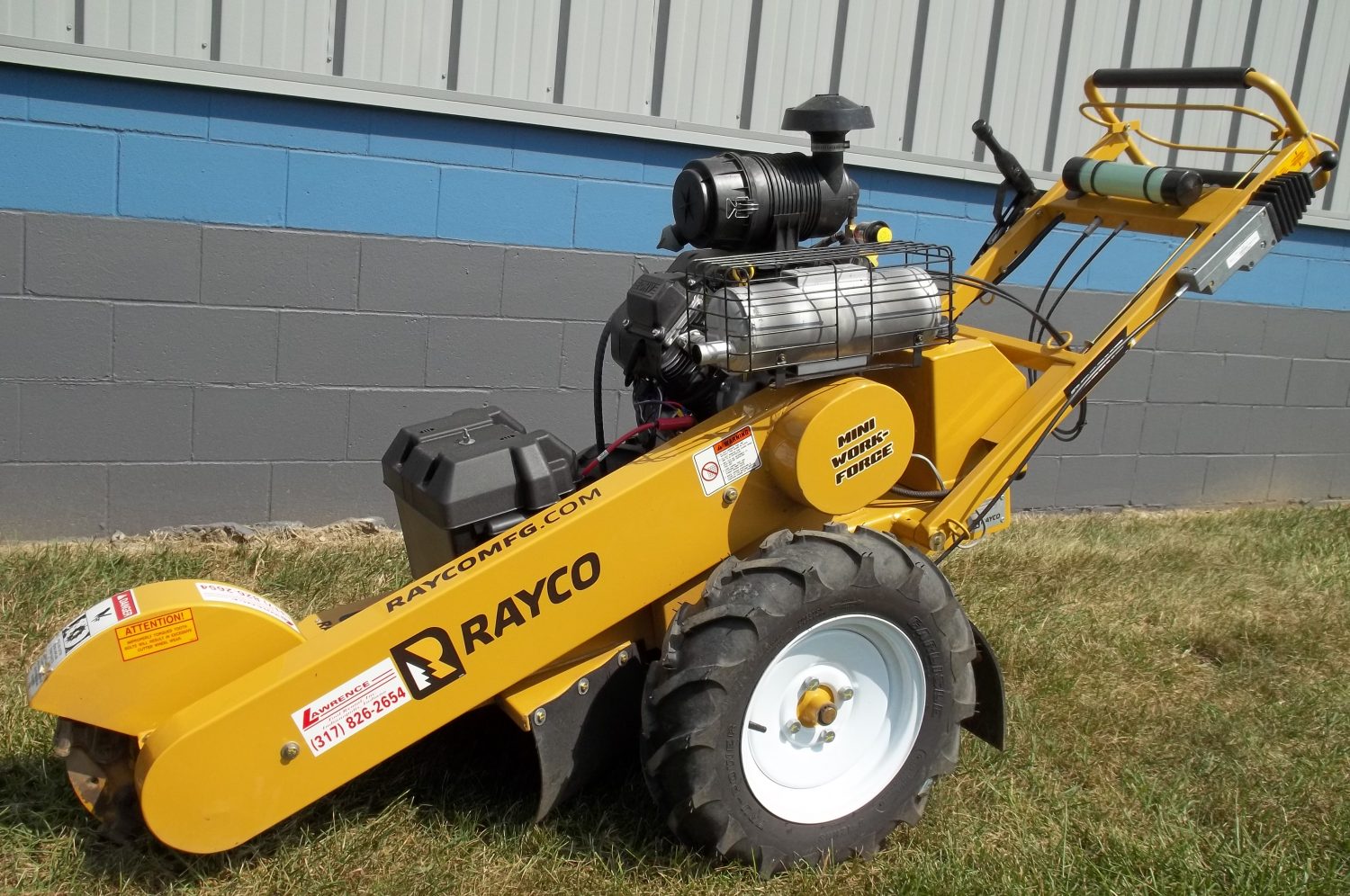How "The History and Evolution of the Modern Day Stump Grinder". can Save You Time, Stress, and Money.

Stump grinding is an vital process in landscape design and tree treatment. It involves taking out the stub of a plant through using a maker gotten in touch with a stump grinder. A stump mill has actually many parts, and one critical component is its teeth. The teeth are responsible for grinding away the timber on the stump until it is small sufficient to be removed or dealt with with soil.
In this post, we will explore the different types of teeth used on a stub mill.
1. Straight Teeth
Straight teeth are the very most typical type of teeth utilized on a stump mill. They have a rectangle-shaped design and are relatively simple to hone when they come to be dull. These teeth function well on softwood stubs, such as pine or fir.
2. Conical Teeth
Cone-shaped pearly whites have a pointed form that resembles that of a cone. They are typically used for more challenging timber stumps, such as oak or peach. The pointed form allows these pearly whites to permeate deeper into the wood and grind it away much more efficiently.
3. Carbide Teeth
Carbide teeth are created of carbide-tipped steel and are astonishingly durable and long-lasting contrasted to various other types of pearly whites. They can manage also the very most tough stubs, featuring those with stones embedded in them or those located near properties or various other frameworks.
4. Diamond Teeth
Diamond-tipped teeth are another kind of sturdy pearly white that can grind via even the most difficult stumps rapidly. These kinds of pearly whites utilize industrial-grade gemstones as their grinding surface area, making them optimal for business usage and heavy-duty apps.
5. Quadrulaterally-Shaped Teeth
Quadrilaterally-shaped (or quad) teeth have four edges and two reducing side every side, creating them very dependable at grinding away wood quickly and efficiently while minimizing vibration throughout function.

6.Triple-Headed Teeth
Triple-headed (or tri-tip) tooth layout offers three cutting surfaces every pearly white while additionally being able to lessen surprise bunches during the course of function and improve performance. These pearly whites operate well in all lumber types, consisting of hardwoods and softwoods.
7. Flail Teeth
Flail teeth are distinct in that they have multiple cutting surface areas, which permits them to grind away wood coming from all directions at once. They function well on any kind of stub kind, but especially those along with many origins or various other barriers that may acquire in the technique of other styles of pearly whites.
In This Is Noteworthy , stub work is an necessary part of plant treatment and landscape design, and the style of pearly white made use of on a stub grinder relies on the solidity of the timber being ground. Straight pearly whites are absolute best for softwood stubs, while conelike pearly whites work most ideal for harder lumber stumps. Carbide and diamond-tipped pearly whites are surprisingly long lasting and can easily manage also the very most demanding stubs, while flail teeth possess numerous cutting areas that enable them to grind away hardwood from all instructions at once. Lastly, quadrilaterally-shaped and triple-headed teeth are dependable at grinding away wood quickly while decreasing vibration throughout procedure.
